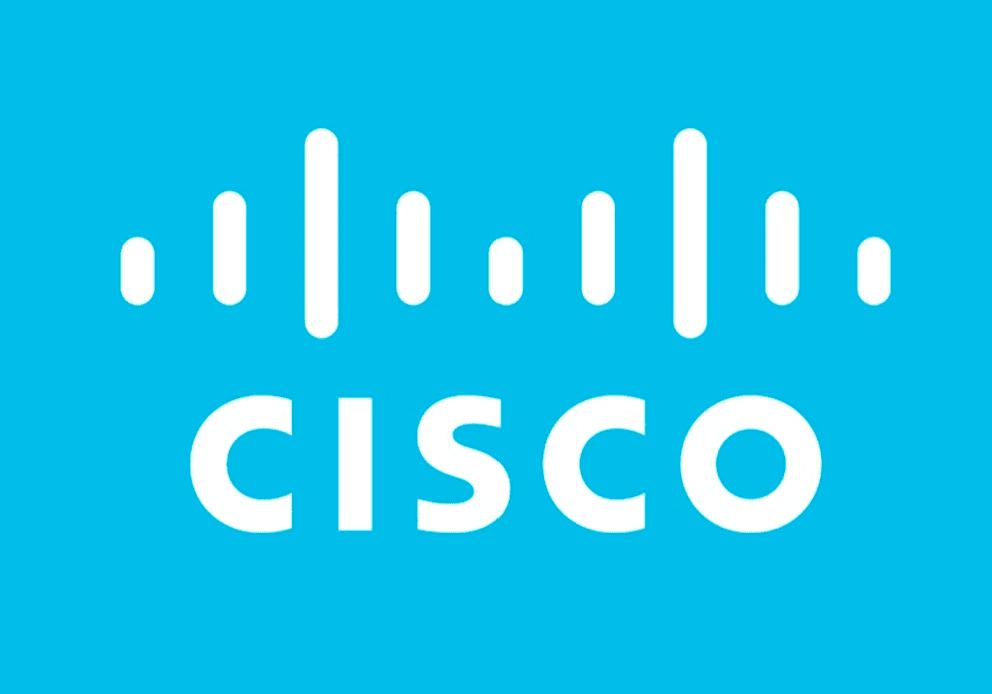
A critical security flaw was found in the Cisco Unity Connection software. Identified as CVE-2024-20272, this vulnerability allows unauthenticated attackers could gain root privileges on unpatched devices.
Cisco Unity Connection lets users access and manage messages from an email inbox, web browser, Cisco Jabber, Cisco Unified IP Phone, smartphone, or tablet. Unity Connection also provides flexible message access and delivery format options, including support for voice commands, speech-to-text transcription, and even video greetings.

The vulnerability exists within the web-based management interface of Cisco Unity Connection. It allows remote attackers to upload arbitrary files to an affected system and execute commands on the underlying operating system. The root cause is a lack of authentication in a specific API and improper validation of user-supplied data.
“This vulnerability is due to a lack of authentication in a specific API and improper validation of user-supplied data. An attacker could exploit this vulnerability by uploading arbitrary files to an affected system,” Cisco explains.
An attacker exploiting CVE-2024-20272 could wreak havoc by storing malicious files on the system, executing arbitrary commands, and escalating privileges to root. This scenario paints a grim picture of potential system compromise and data breaches.
“A successful exploit could allow the attacker to store malicious files on the system, execute arbitrary commands on the operating system, and elevate privileges to root.”
In response to this threat, Cisco has released software updates that directly address this vulnerability. Remarkably, there are no alternative workarounds, making these updates crucial for security.
| Cisco Unity Connection Release | First Fixed Release |
|---|---|
| 12.5 and earlier | 12.5.1.19017-4 |
| 14 | 14.0.1.14006-5 |
| 15 | Not vulnerable |
As per Cisco’s Product Security Incident Response Team (PSIRT), there is some good news. To date, there is no evidence of public proof-of-concept exploits or active exploitation in the wild. This gives organizations a window of opportunity to update and secure their systems.